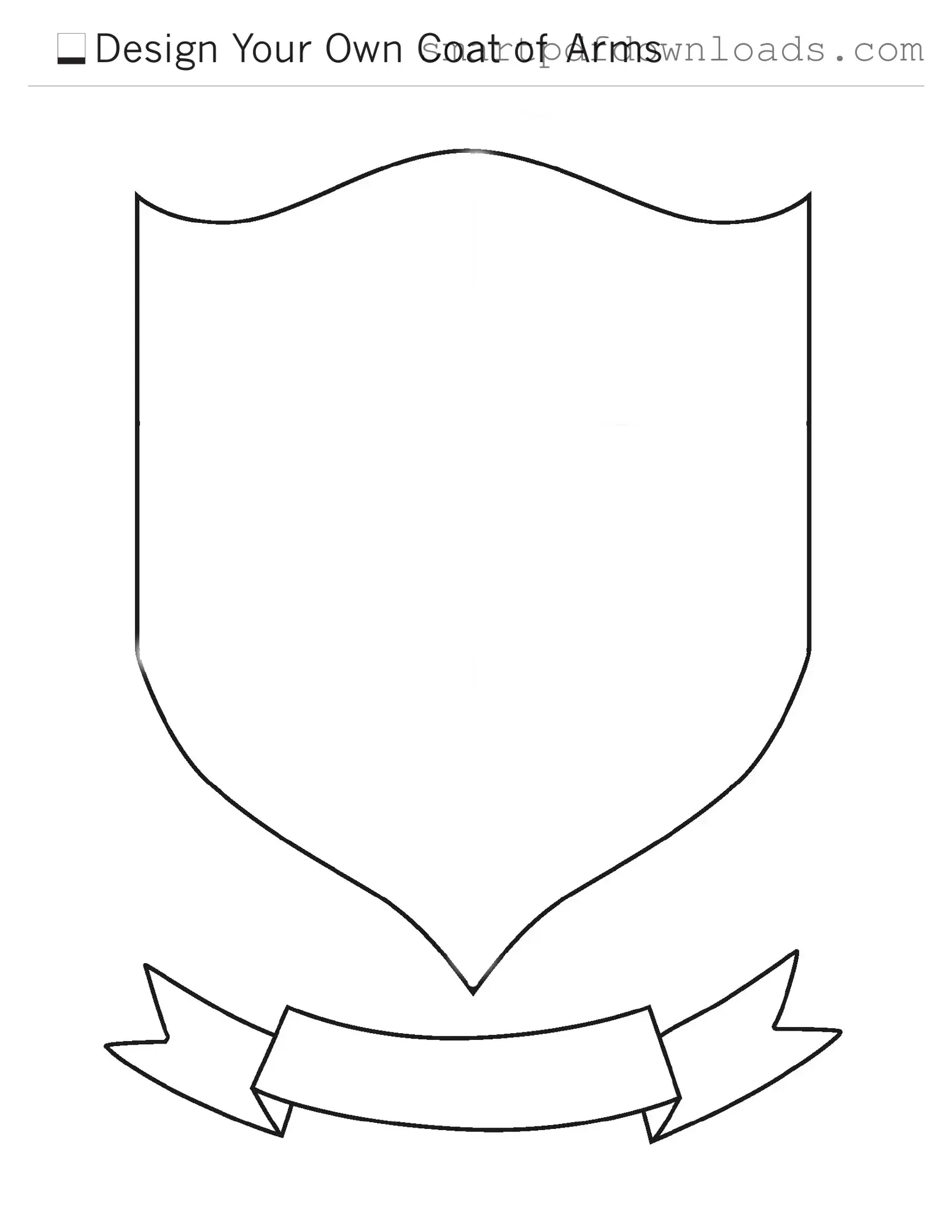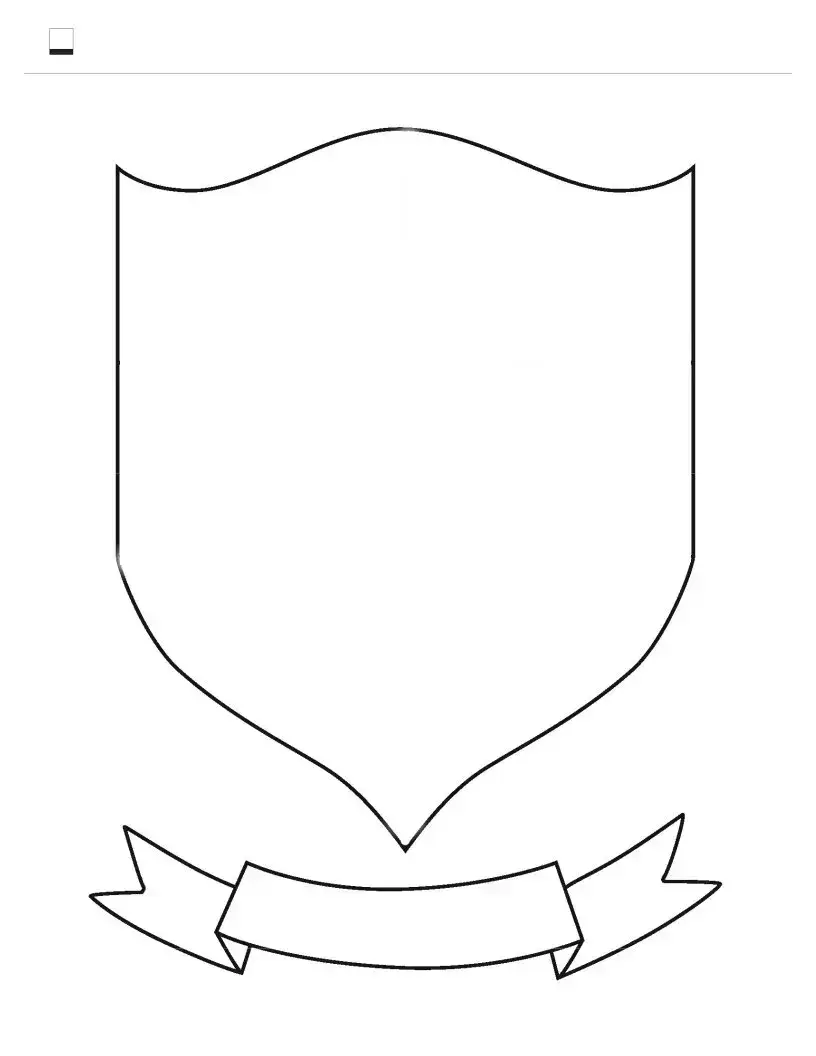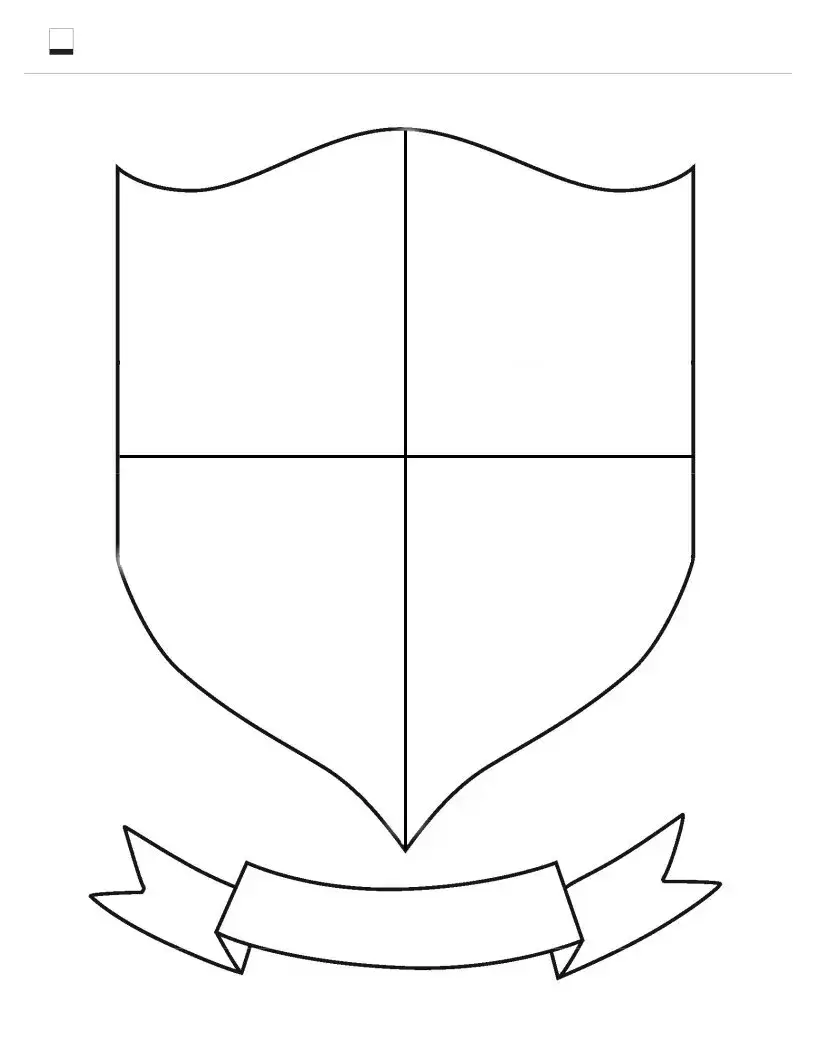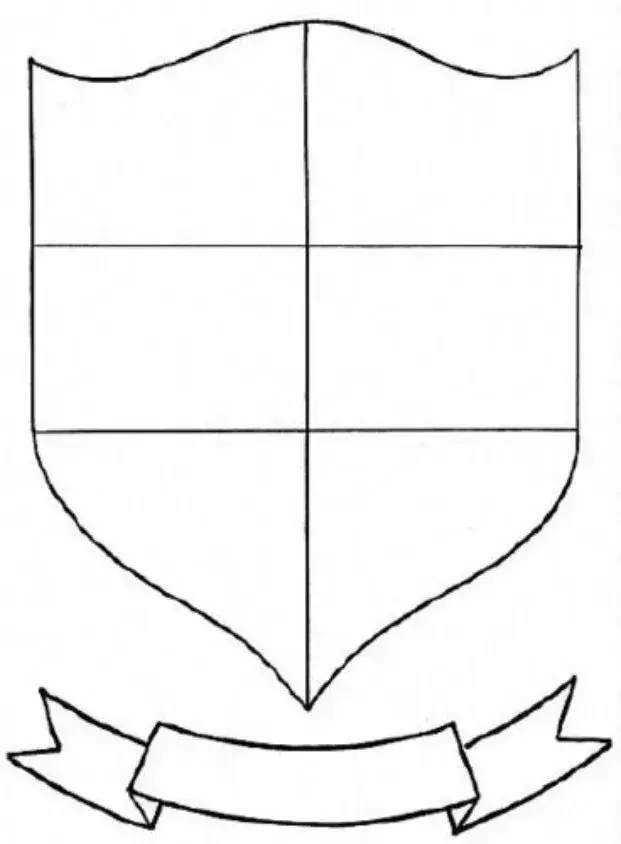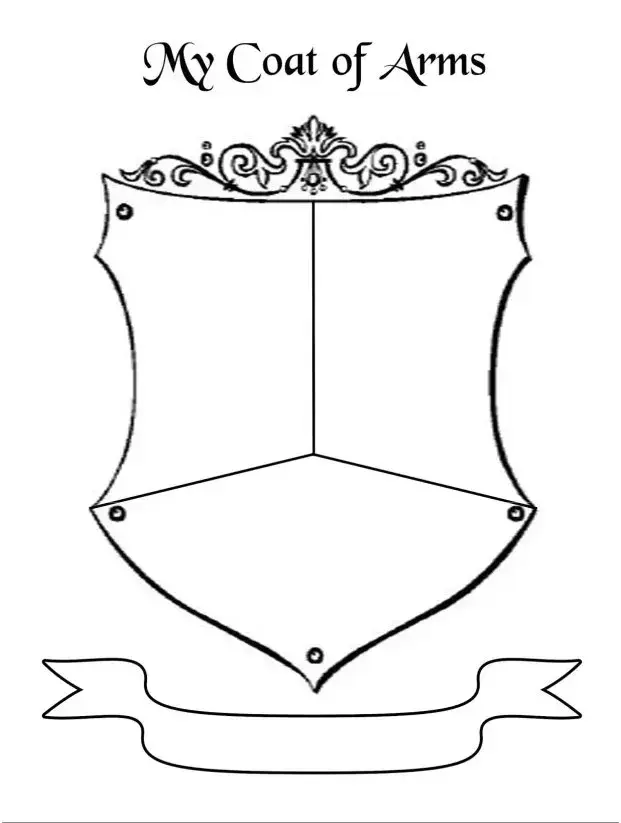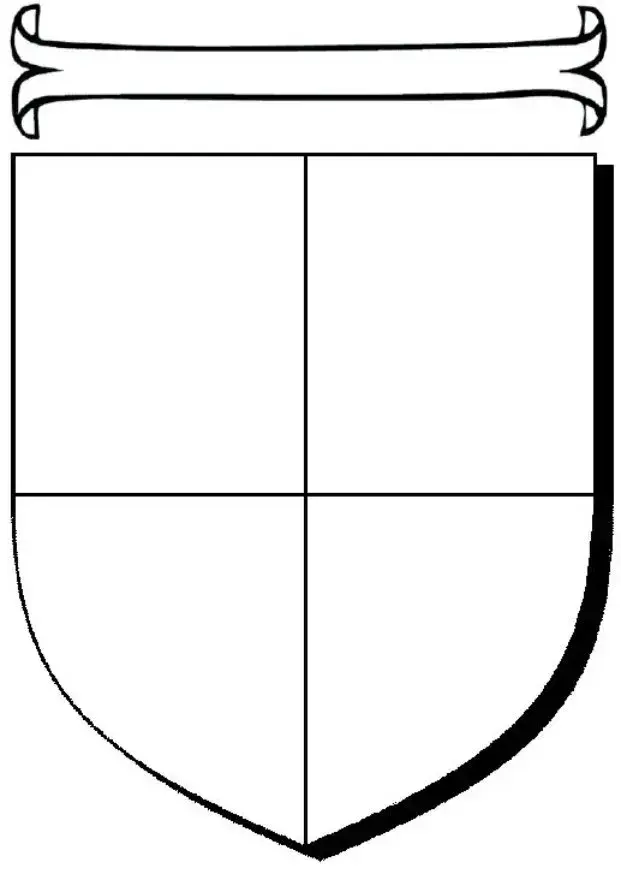Coat Of Arms Form
The Coat Of Arms form is a document used to officially request the creation or modification of a heraldic coat of arms. This form serves as a vital tool for individuals or organizations seeking to establish a unique identity through heraldry. By completing this form, applicants can ensure their heraldic designs are recognized and protected.
Edit Coat Of Arms Online
